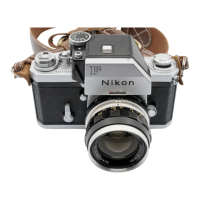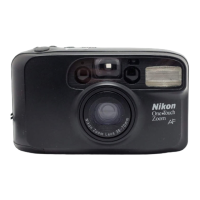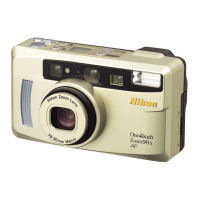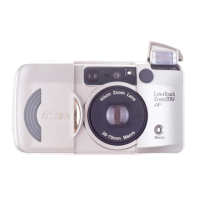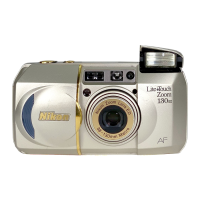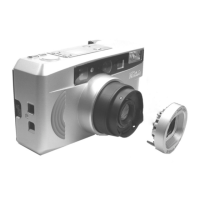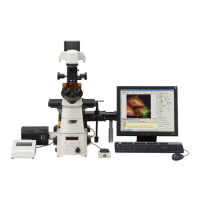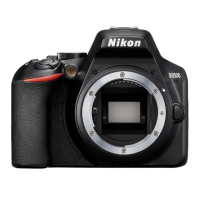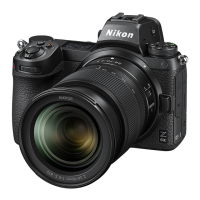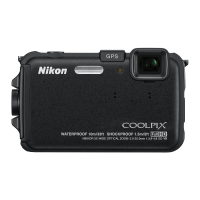II Operations
2 Operations (TIRF microscopy)
- 24 -
2 Operations (TIRF microscopy)
Note that lasers can cause injuries if directed toward the eyes or skin as a result of improper use. Be
sure to perform each operation properly, following the precautions given below.
* Consult the insutruction manuals of the microscop and the epi-fl attachment in conjunction with the
operating procedures given below.
Do not look into the laser beam (FDA CDRH: Class II, EN60825-1: Class 2, IEC60825-1:
Class 2).
When the laser is on, never attempt to look into the objective or the areas near the objective
from above or below the stage as a powerful laser beam is emitted through the microscope
objective toward the top and bottom sides of the stage. To prevent the laser beam emitted from
the objectives from being reflected and directed toward the eyes or skin, never place a
reflective object on the stage or on the diascopic optical-path.
Do not remove the objectives when the laser is on.
Never attempt to remove the objectives from the microscope when the laser is on.
Removing the objectives may cause the laser beam to be emitted through the sockets on the
nosepiece, resulting in exposure of the eyes or skin to the laser.
Do not remove the lamphouse when the laser is on.
Never attempt to remove the diascopic illumination lamphouse when the laser is on.
Removing the lamphouse may cause the laser beam to be directed through the microscope’s
reflective optical system and emitted through the mounting hole for the lamphouse.
Do not remove the cassette holder when the laser is on.
Never attempt to remove the cassette holder when the laser is on.
Removing the cassette holder may cause the laser beam to be emitted through the mounting
hole for the cassette holder, resulting in exposure of the eyes or skin to the laser.
Consult the instruction manuals of the microscope and the epi-fl attachment in conjunction with the
operating procedures given below.
1
Achieving focus with epi-fl microscopy
Use the epi-fl attachment to bring the specimen into focus, then use the TIRF attachment for
microscopy.
1 Open the eyepiece shutter. (All motorized shutters in the laser units will close, and the laser
beam is interrupted.) Switch the microscope's optical path to the binocular section.
2 Rotate the excitation method switching ring of the TIRF cassette holder to select a hollow
without the filter block.
3 Rotate the excitation method switching ring of the epi-fl cassette holder to switch to the
desired excitation method.
4 Open the shutter of the epi-fl attachment or epi-fl cassette holder.
5 Use the microscope's coarse focus handle to bring the specimen into focus.
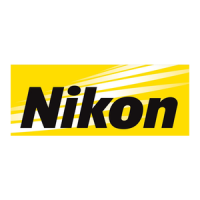
